Space News
Armaghplanet
143

Image Credit: Armaghplanet
May Night Sky 2025
- In May 2025, the night sky will showcase familiar constellations and planets, providing a variety of celestial views throughout the month.
- Planets like Jupiter, Mars, Venus, and Saturn will be prominently visible at different times of the night, offering a celestial spectacle for stargazers.
- Corvus, a small constellation representing a crow or raven in Latin, and Crater, symbolizing Apollo's sacred cup, are among the constellations to admire.
- For night owls, Ophiuchus, Serpens, and Scutum constellations offer intriguing sights, including the impressive Pillars of Creation within Serpens.
- The Eta Aquarids meteor shower in early May, caused by Halley's comet, provides a chance to witness shooting stars despite lunar interference.
- Key celestial events include the full flower moon on the 12th and the new moon on the 27th, ideal for observing faint stars and deep sky objects.
- Stargazing enthusiasts are encouraged to find dark areas away from city lights for optimal viewing and to allow their eyes to adjust for better visibility.
- The night sky in May offers a blend of mythology, astronomy, and astronomical wonders for those willing to explore and appreciate the celestial beauty.
- Whether enjoying the warmer weather or embracing a nocturnal lifestyle, May presents an opportunity to marvel at the wonders of the cosmos above.
- Overall, May 2025 promises a fascinating journey through the night sky, with planetary alignments, constellations, and meteor showers to captivate skywatchers.
Read Full Article
8 Likes
Livescience
152
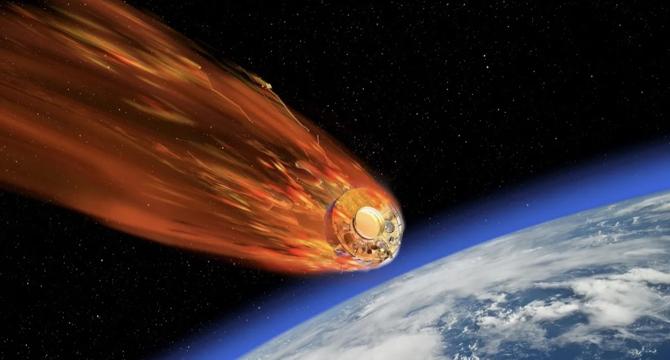
Image Credit: Livescience
Doomed Soviet spacecraft tumbling toward Earth may already have its parachute out, new images hint
- The 53-year-old Soviet lander Kosmos 482, which is tumbling back to Earth, appears to be trailing a parachute based on new images analyzed by satellite trackers.
- Kosmos 482, part of the former U.S.S.R.'s Venera program, split in two after a malfunction in the rocket in 1972, with the main body crashing back to Earth in 1981 and the lander remaining in orbit.
- The Dutch astronomer Ralf Vandebergh noted a structure connected to the capsule in the images, suggesting it could be a parachute, although it is still speculative.
- The 1,091-pound lander, designed for Venus but likely to return to Earth intact, is expected to experience reentry at approximately 150 mph, potentially burning up the suspected parachute.
Read Full Article
9 Likes
Nasa
120
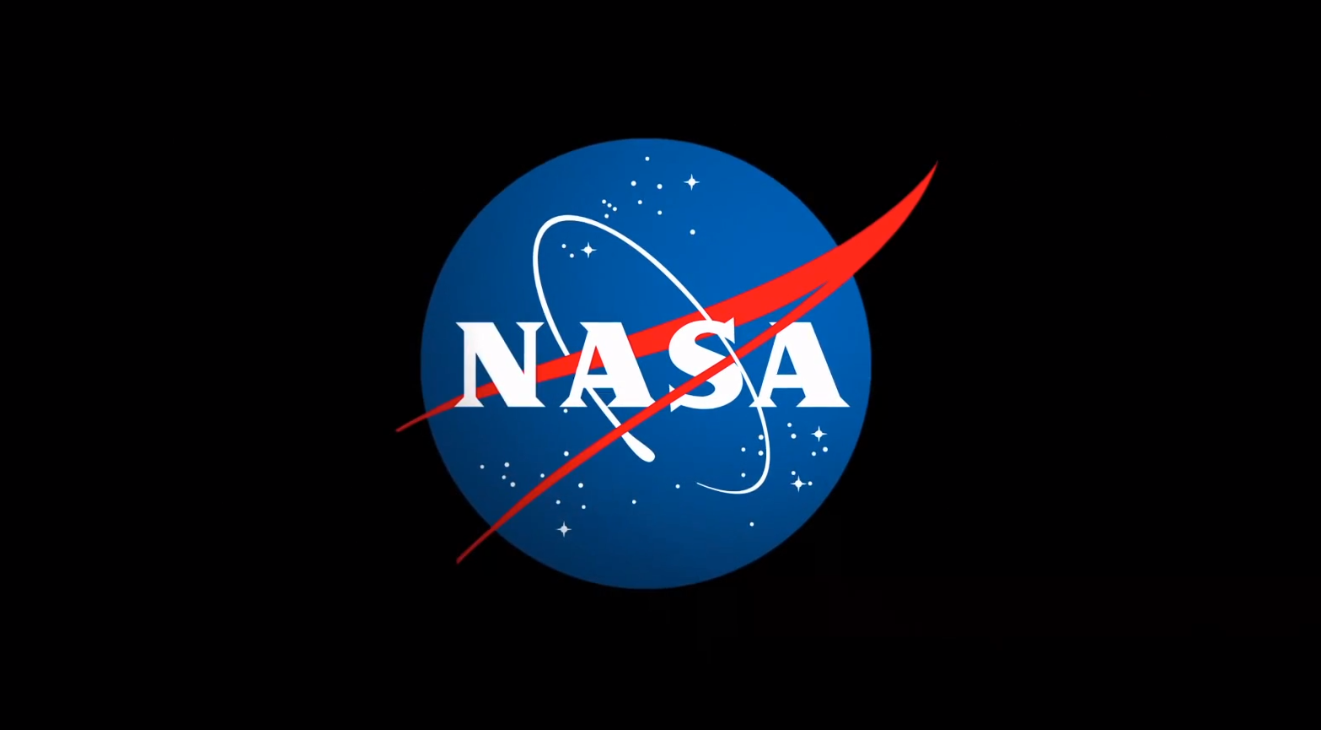
Image Credit: Nasa
President Trump’s FY26 Budget Revitalizes Human Space Exploration
- The Trump-Vance Administration released toplines of the President's budget for Fiscal Year 2026, focusing on accelerating human space exploration of the Moon and Mars with a fiscally responsible approach.
- The budget includes increased funding for lunar exploration and new investments for Mars-focused programs to ensure America's space exploration efforts.
- The budget transitions the Artemis campaign to a more sustainable approach for lunar exploration, retires the SLS rocket and Orion capsule after Artemis III, and focuses on collaboration with international partners.
- NASA's budget emphasis is on core mission space exploration, ending certain programs, optimizing resources, and preparing for the transition to commercial replacements for the International Space Station in 2030.
Read Full Article
7 Likes
Nasa
385

Image Credit: Nasa
NASA Stennis Employee Contributes to Innovative Work
- Robert Williams, a senior mechanical design engineer at NASA's Stennis Space Center, contributes to innovative work in the Engineering and Test Directorate.
- Williams serves as the structures subject matter expert, providing technical oversight and support for various projects related to engineering mechanics and machine design.
- He has been involved in projects supporting NASA's Artemis campaign, including reviewing structural and pipe stress analysis for the exploration upper stage project and the Green Run testing of the SLS core stage.
- Williams values the opportunity to work with major space companies, develop new skills, and contribute to space innovation while upholding NASA's standard of excellence.
Read Full Article
23 Likes
Discover more
Arstechnica
165

Image Credit: Arstechnica
Eric Schmidt apparently bought Relativity Space to put data centers in orbit
- Former Google CEO Eric Schmidt recently acquired Relativity Space, and his plans for the company involve launching computing infrastructure into space.
- Schmidt highlighted the increasing need for electricity to power data centers for AI development and applications during a House Committee hearing on the future of AI and US competitiveness.
- Estimates suggest that data centers will require additional gigawatts of power in the coming years, with the demand expected to rise significantly by 2030.
- Schmidt emphasized the scale of the energy demand for the industry and the significant power requirements of data centers, signaling his focus on space-based computing infrastructure.
Read Full Article
9 Likes
The Verge
439

Image Credit: The Verge
The chance of getting hit by a Soviet spacecraft goes up next week
- Soviet spacecraft, Kosmos 482, launched in 1972 to collect data from Venus, is set to crash down on Earth after being marooned in orbit due to a malfunction.
- Remaining pieces of Kosmos 482, including a 1,091-pound lander, are expected to plummet around May 10th, according to Dutch scientist Marco Langbroek.
- There is uncertainty about where the spacecraft will fall or if it will burn up before impact, as it was designed to survive extreme temperatures on Venus.
- The real-world chances of getting hit by Kosmos 482 are very slim, similar to the risk of a random meteorite fall, according to Langbroek.
Read Full Article
26 Likes
Digitaltrends
250
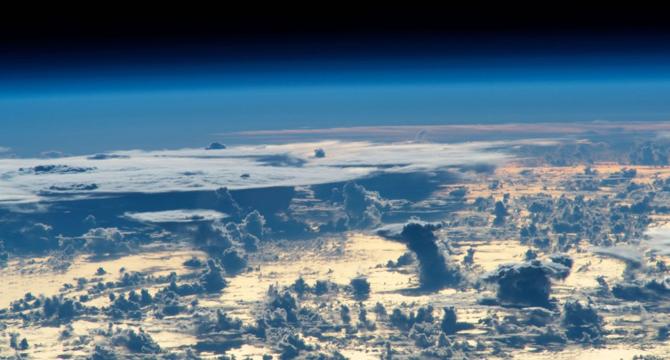
Image Credit: Digitaltrends
A defunct Soviet probe from the 70s will crash to Earth next week
- A defunct Soviet spacecraft from the 1970s, named Kosmos 482, is expected to crash into Earth's atmosphere next week as a result of an uncontrolled re-entry.
- The spacecraft was intended for Venus but suffered a malfunction during launch, causing it to remain in Earth's orbit. There is uncertainty about the exact time and location of impact, as well as the surviving debris.
- While uncontrolled re-entries pose a risk of debris damage, experts assure that the likelihood of harm to individuals is minimal. Past incidents of space junk falling on Earth have been reported, including debris in Poland, Florida, and Côte d’Ivoire.
- The Soviet probe, encased in a titanium pressure vessel designed for Venus, may survive re-entry due to its robust construction. Experts suggest a low risk of impact on individuals similar to a meteorite strike.
Read Full Article
15 Likes
Earthsky
4
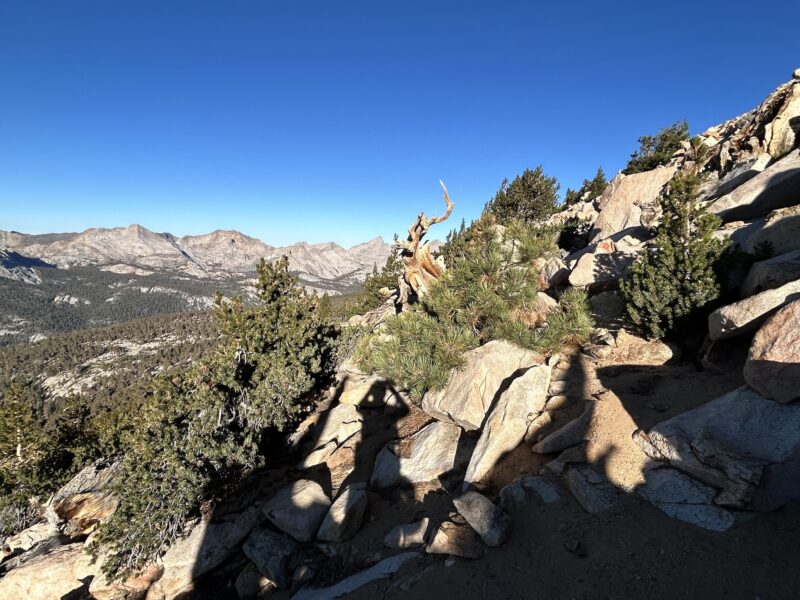
Image Credit: Earthsky
Mountain mystery: How’d that record tree get up here?
- Hugh Safford, a forest ecologist at UC Davis, discovered a record-setting Jeffrey pine tree at an unexpectedly high elevation in California’s High Sierra.
- The Jeffrey pine was found at an elevation of 12,657 feet, surpassing the previous highest-known elevation for this species.
- The shift in tree ranges to higher elevations is attributed to global warming, with the changing climate making previously inhospitable areas suitable for plant growth.
- The spread of trees to higher altitudes may be facilitated by birds like Clark’s nutcrackers, which help transport seeds uphill.
- Similar high-elevation Jeffrey pines have been observed in the Sierras, indicating a broader trend of trees expanding their ranges upwards.
- While trees are adapting to higher elevations, they are also facing challenges in their traditional habitats as they struggle to keep pace with changing environmental conditions.
- Hugh Safford's on-ground research underscores the importance of direct observation in understanding the impact of climate change on ecosystems.
- The discovery of the record Jeffrey pine highlights the effects of climate change on plant species distribution, with trees moving uphill to survive.
Read Full Article
Like
Arstechnica
421
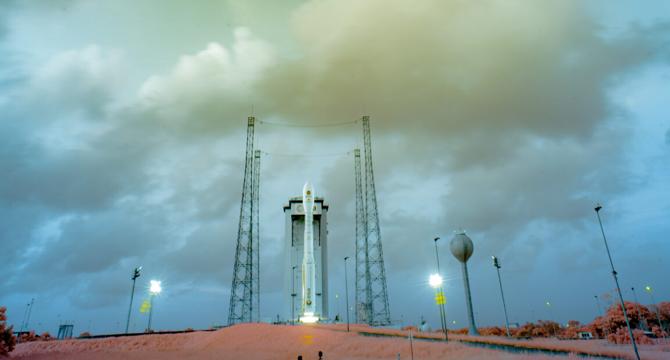
Image Credit: Arstechnica
Rocket Report: Starbase the city is coming soon; Alpha remains in beta
- Starbase facility in South Texas, developed by SpaceX over the past decade, may become a new municipality named Starbase soon.
- Firefly Aerospace's Alpha rocket launch from California failed as the vehicle was unable to deploy an experimental satellite into orbit for Lockheed Martin.
- During the Alpha rocket launch, something went wrong about two-and-a-half minutes into the flight, leading to the booster stage jettisoning from the upper stage and a bright cloud of white vapor appearing.
- For updates on small-, medium-, and heavy-lift rockets and upcoming launches, you can subscribe to Rocket Report for comprehensive information.
Read Full Article
25 Likes
Knowridge
13

Image Credit: Knowridge
Cosmic surprise: Baby stars are greedier than we thought!
- A new study led by Professor Paolo Padoan has found that stars' disks might grow bigger over time due to Bondi-Hoyle accretion, contrary to previous beliefs.
- Stars, even after formation, can continue to pull in material from surrounding gas clouds, adding mass to their disks and helping them become larger and longer-lasting.
- Powerful computer simulations and theoretical models were used to explore how stars interact with their surroundings, with a focus on how turbulence affects material gathering.
- This discovery explains the large sizes of planet-forming disks observed in space, providing new insights into the formation of planets, including possibly habitable ones.
Read Full Article
Like
Earthsky
161

Image Credit: Earthsky
Gladiator bones show first-ever evidence of lion mauling
- A Roman gladiator uncovered in York, England, shows physical evidence of bite marks, indicating he may have been killed by a lion.
- Scientists found unhealed bite marks on the pelvis of the gladiator, suggesting he died shortly after being attacked.
- The findings, published in the journal PLOS One, provide the first-ever direct evidence of a gladiator being attacked by a lion.
- Analysis of the bite marks confirmed they were likely made by a lion, reshaping perceptions of Roman entertainment culture in the region.
- The discovery at the Driffield Terrace gladiator cemetery in York challenges previous beliefs about gladiators, soldiers, and interactions with wild animals.
- The gladiator's skeleton, buried 1,800 years ago, revealed details about his age, height, and health issues, such as spinal problems and lung inflammation.
- The excavation site unearthed 82 skeletons of mostly young, robust men, hinting at a gladiator graveyard.
- The presence of bite marks and decapitation on the gladiator's remains raised questions about post-death rituals and the transportation of exotic animals like lions in Roman times.
- The discovery in York highlights the widespread nature of gladiator events in the Roman Empire beyond Rome, shedding light on cultural practices and lifestyles in regions like Eboracum.
- This unique osteological evidence unveils insights into human-animal combat and entertainment practices, expanding our understanding of historical gladiatorial spectacles.
Read Full Article
9 Likes
Earthsky
98

Image Credit: Earthsky
May birthstone: The magnificent green emerald
- The May birthstone is the emerald, which belongs to the beryl family of minerals along with aquamarine, heliodor, and morganite.
- Emeralds vary in color from light to deep green, with their color believed to be derived from the presence of chromium and/or vanadium.
- Emeralds are most frequently found inside a form of shale and are sourced from countries like Colombia, Russia, the United States, Zambia, Brazil, and others.
- Historically, emeralds were worn by royalty in Babylon and Egypt, and there are many myths associated with their healing powers and symbolism throughout different time periods.
Read Full Article
5 Likes
Medium
434

Image Credit: Medium
SpaceX Starship: The $3 Billion Revolution in Space Travel
- SpaceX has developed the Starship, a next-generation spacecraft worth nearly $3 billion, designed for interplanetary travel to destinations like the Moon and Mars.
- Unlike traditional rockets, the Starship is built for reusability, aiming to revolutionize space travel by making flights more sustainable and cost-effective.
- Elon Musk’s goal with the Starship is to establish humans as a multi-planetary species, with potential missions to Mars and beyond, supported by its reusable design and capabilities.
- Through innovative engineering and a focus on multi-planetary living, SpaceX's Starship is reshaping the future of space exploration and challenging traditional rocket technologies.
Read Full Article
26 Likes
Guardian
183
Image Credit: Guardian
Soviet-era spacecraft expected to plunge uncontrolled to Earth next week
- Soviet-era spacecraft meant to land on Venus in the 1970s is expected to re-enter Earth's atmosphere uncontrolled, with uncertain landing location and survival rate.
- Dutch scientist Marco Langbroek predicts the re-entry to occur around May 10, with an estimated speed of 150mph if intact, presenting a minimal risk of impact on populated areas.
- The spacecraft, Kosmos 482, was launched by the Soviet Union in 1972 but got stuck in Earth's orbit due to a rocket malfunction, and the spherical landing capsule may survive re-entry weighing over 1,000lbs.
- Experts believe there is a possibility the spacecraft may fall into an ocean due to Earth's water-covered surface, minimizing the risk of land impact similar to instances of past space debris re-entries.
Read Full Article
11 Likes
For uninterrupted reading, download the app